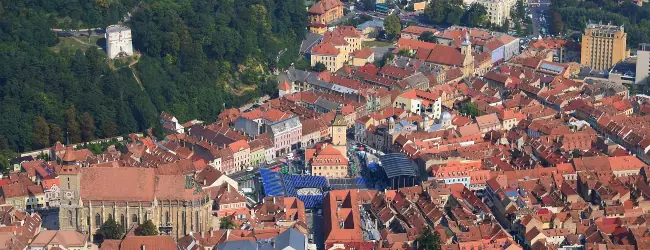I prefer following long-term fundamental changes over short-term trends. Perhaps that is due to my personality. I like steady, calm improvement rather than exciting, radical switching with excessive ups and downs.
That is why I always prioritize long-term forecasts. Let’s talk about it.
How to predict the future change
Sometimes, we want to predict future change. A long-term perspective provides us with where it is more effective to live and make money.
In other words, we want to find a hidden gem where there are fewer people. We are often poor at socializing and competition if we are empathic and logical. We want to live peacefully and abundantly with less social stress.

That makes us want to identify the favorable place that the majority of people are not aware of. Since there are social cycles, there must be an effective place to make money.
However, we sometimes don’t know how to predict social change in the future.
One solution is understanding the industrial structure, which enables us to predict social changes. That might allow us to make money more efficiently with less stress.
Historical social cycles
There are historical social cycles. Although the same history never repeats, a similar event can cause a similar reaction from people when they have forgotten about it. That creates historical cycles.
The duration varies depending on the genre. For example, the economy often has 10- to 12-year cycles. A large-scale depression is around 70 to 80 years, which is around the length of a person’s lifespan. The national cycle can be 150 to 200 years.

Understanding them helps us predict the future. In our case, we want to predict the following 10 to 20 years.
The three segments of industry
The trend in the industrial structure often explains the cycle of economic boom and recession well, in my opinion.
The industrial structure is composed of three segments, as follows:
- (1) Fundamental production segment: this is where the most monotonous human labor is required. Examples are agriculture, energy production, mining, delivery services, and waiters.
- (2) Processing segment: this segment consists of industries that process fundamental products that are explained just above. It requires more skills compared to the fundamental production segment. Examples are manufacturing industries, food processing, sewing, construction workers, and repairing.
- (3) Creative/management segment: this is the field of creating new technologies for the processing segment. It includes management. It requires logical sense. However, since technologies and knowledge are replicable, many people don’t need to engage in this field.
The shift in people’s admiration
The aspirations of the majority create a long-term cycle. People sometimes yearn to belong in the creative segment, but sometimes in the fundamental production segment.
The people’s admiration shifts in the following order: (1) the fundamental segment → (2) the processing segment → (3) the creative segment → return to (1).
During a stable era, many people engage in (1) the fundamental segment. However, some creative people create new methods. That develops (2) the processing segment, and more people engage in it. If the technological revolution lasts for a long time, people long for belonging to (3) the creative segment.

Now, we are in the later stage of the technological revolution. The revolution of the internet since the 2000s has spotlighted creative people and made them wealthy. Many people are rushing to (3) the creative segment.
Creative people are in the spotlight on the internet, such as social media, the web, and YouTube. Now many people can create videos and web sites easily.
How to judge for the future
However, (3) the creative segment don’t need so many people. Since technology is fundamentally replicable, it is pointless to copy the same things.
Nevertheless, the governments and people tend to continue to invest in that segment, due to their competitive nature. They become too greedy for innovation. That causes an imbalance.
In this state, a labor shortage occurs in (1) the fundamental segment, while (3) the creative segment starts to decline. In other words, (1) the fundamental segment will lead to a high-paying job.
This change has already started in 2020. In agriculture, transportation drivers, and restaurant waiters, the labor shortage has become a serious issue. In some industries, the government and the public refused to accept the price increase. That caused the workers’ large-scale demonstration.

That tells us about a future that will become advantageous. The profitable segment will be in the order of (1) → (2) → (3) → (1). (1) The fundamental segment is already rising, while (2) the processing segment seems still declining. That means (2) the processing segment will soon hit the bottom and turn profitable. That transition is like a wave.
The best time for us to enter is when the public dislikes it the most. That is the same logic of investment. Buy low and sell high with the longer perspective. In the case of active jobs, enter near the bottom and exit at the top.
That is why I have transitioned my activities from (3) the creative segment to (2) the processing segment. I am currently enjoying learning to sew. Perhaps remodeling is the more creative side of that segment, but I wanted to take a distance from digital creation until the decline hit bottom.
Conclusion
That is the logic of the industrial structure, which enables us to predict social changes.
There are historical social cycles. Although the same history never repeats, a similar event can cause a similar reaction from people.
That perspective might allow us to live more peacefully and make money more efficiently.
Thank you for reading this article. I hope to see you in the next one.


